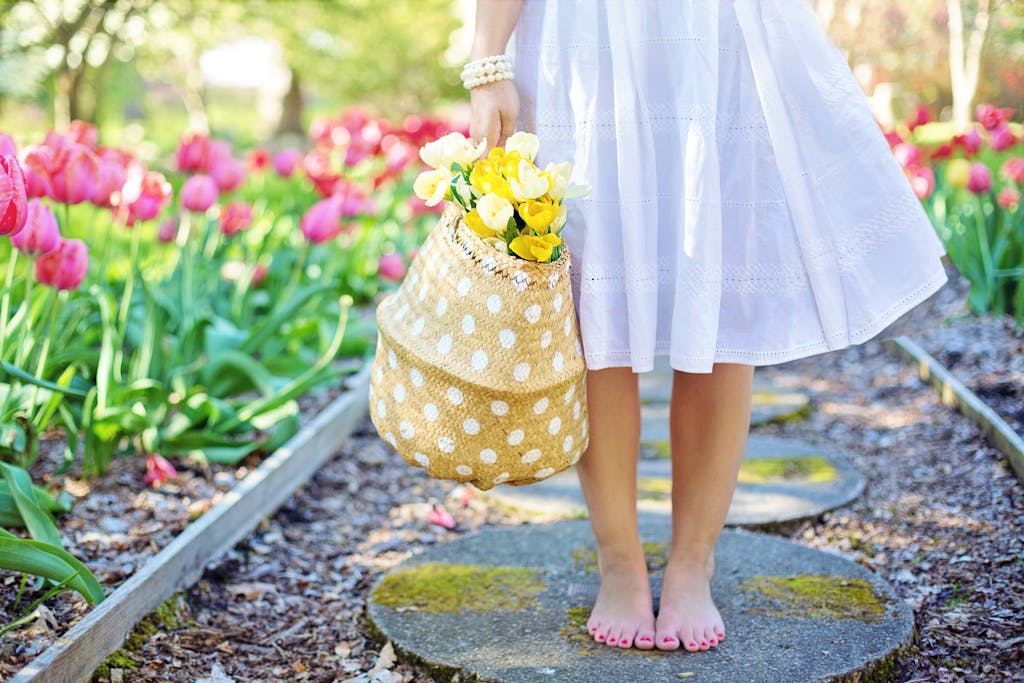Safe Gardening Tips for Seniors
Gardening provides many health and wellbeing benefits for seniors. But as we age, certain precautions should be taken to garden safely. Follow these tips to continue gardening well into your golden years.
Assess Your Abilities
Before getting started, honestly assess your current physical capabilities.
Know Your Limits
Accept that some gardening tasks may be too demanding at this stage. Focus on what you can comfortably manage based on mobility, strength and stamina.
Consider Accessibility
Look at your garden with accessibility in mind. Identify areas that require bending, reaching or kneeling and modify or avoid those spots if needed.
Ask for Help with Heavy Work
Don’t risk injury – enlist help from family or neighbors with strenuous jobs like digging beds, hauling soil, or lifting large pots. Most people are happy to lend a hand.
Create a Senior-Friendly Garden
Design and equip your garden with aging bodies and abilities in mind.
Add Raised Beds
Elevated gardening beds reduce need to bend over for planting and maintenance. Build beds 18-24 inches tall so they can be reached from a standing position.
Use Containers
Fill containers of varying heights with potting soil to grow flowers, herbs and vegetables without much kneeling or stooping. Use wheeled carts to move pots around.
Install Handrails and Benches
Handrails around raised beds provide stability and benches allow you to take frequent breaks. Locate benches in shady spots to rest in.
Improve Access
Lay down gravel or mulch pathways between beds to prevent slipping. Position beds near doors for shorter distances to haul harvests and tools.
Use Proper Gardening Techniques
Smart gardening methods reduce strain on aging bodies.
Avoid Excessive Bending
Use long-handled tools designed for standing use, such as cultivators, weeders and water wands, to garden comfortably upright.
Divide Jobs
Break gardening tasks into multiple short sessions to prevent overtiring muscles. For instance, weed one section per day versus all at once.
Lift Properly
When moving heavy objects like soil bags or large pots, lift using correct posture – with a straight back, bend knees, hold load close to your body and avoid twisting. Better yet, get help moving very heavy items.
Take Breaks
Work at an easy pace with frequent mini-breaks to hydrate and rest muscles. Stop immediately if you feel pain.
Use Smart Safety Practices
Implement these tips to maintain safety while gardening as you age.
Stay Hydrated
Drink water regularly, especially on hot days, to prevent dehydration and dizziness which can cause falls.
Wear Protective Clothing
Use gloves, long sleeves, hats, and UV-blocking sunglasses to protect skin and eyes when gardening. Knee pads cushion knees for prolonged kneeling.
Check Balance
On uneven ground or slopes, be cautious of unsteady footing. Move deliberately and grip handrails if needed. Have someone spot you if using tall ladders.
Avoid Slipping
Wear waterproof shoes or boots with good traction to prevent slipping on wet surfaces. Remove moss and algae growth. Spread mulch on paths for stability.
FAQs
What tools help make gardening easier for seniors?
Recommended tools include ergonomic handles, wheeled seats, grabber tools for reaching, water wands, knee pads, small lightweight hoes, and electric or battery powered tools to reduce strain.
What kind of soil is best for raised beds?
Use a high-quality soil mix formulated for raised beds, or a good potting mix amended with compost. Soil should drain well but hold moisture.
What containers work well for seniors?
Ideal containers have a narrow footprint for stability, lightweight material, built-in handles or rolling bases for mobility, and elevated sides for reduced bending.
How can I make watering easier?
Use soaker hoses, drip irrigation or water wands to reduce carrying heavy watering cans. Install raised rain barrels with spigot at a height to easily fill watering cans.
What are some low-maintenance, low-bending garden crops?
Good choices include cherry tomatoes, pole beans, container herbs, leafy greens, and vining crops like cucumbers, melons, squash and peas grown on trellises or cages.




